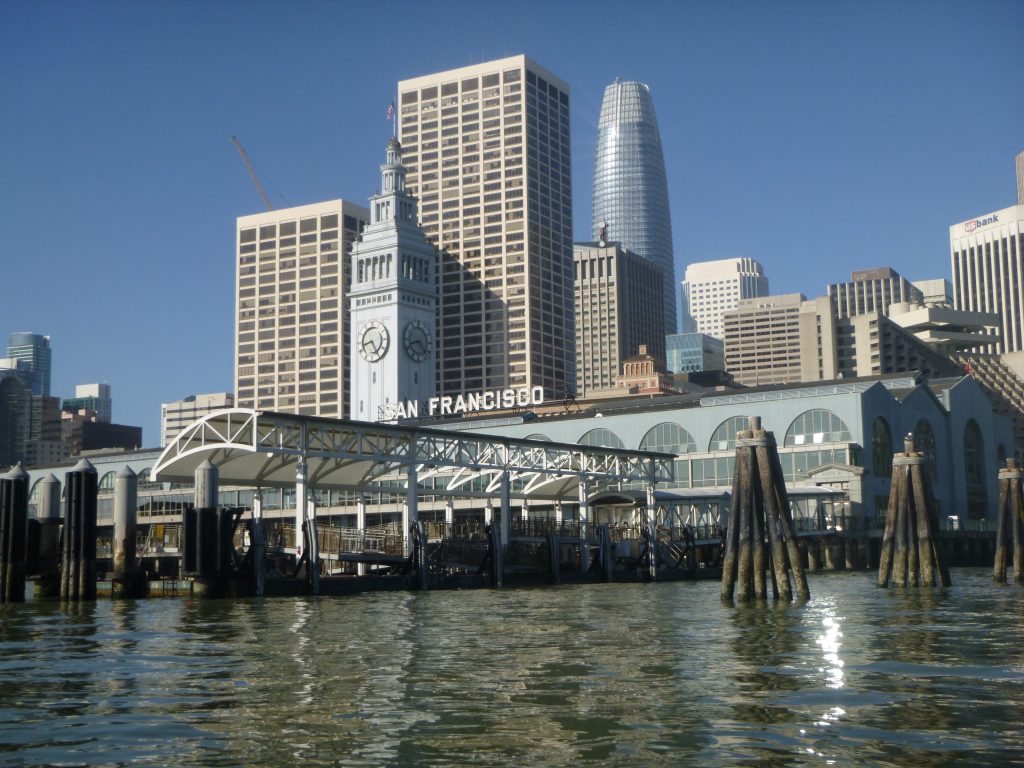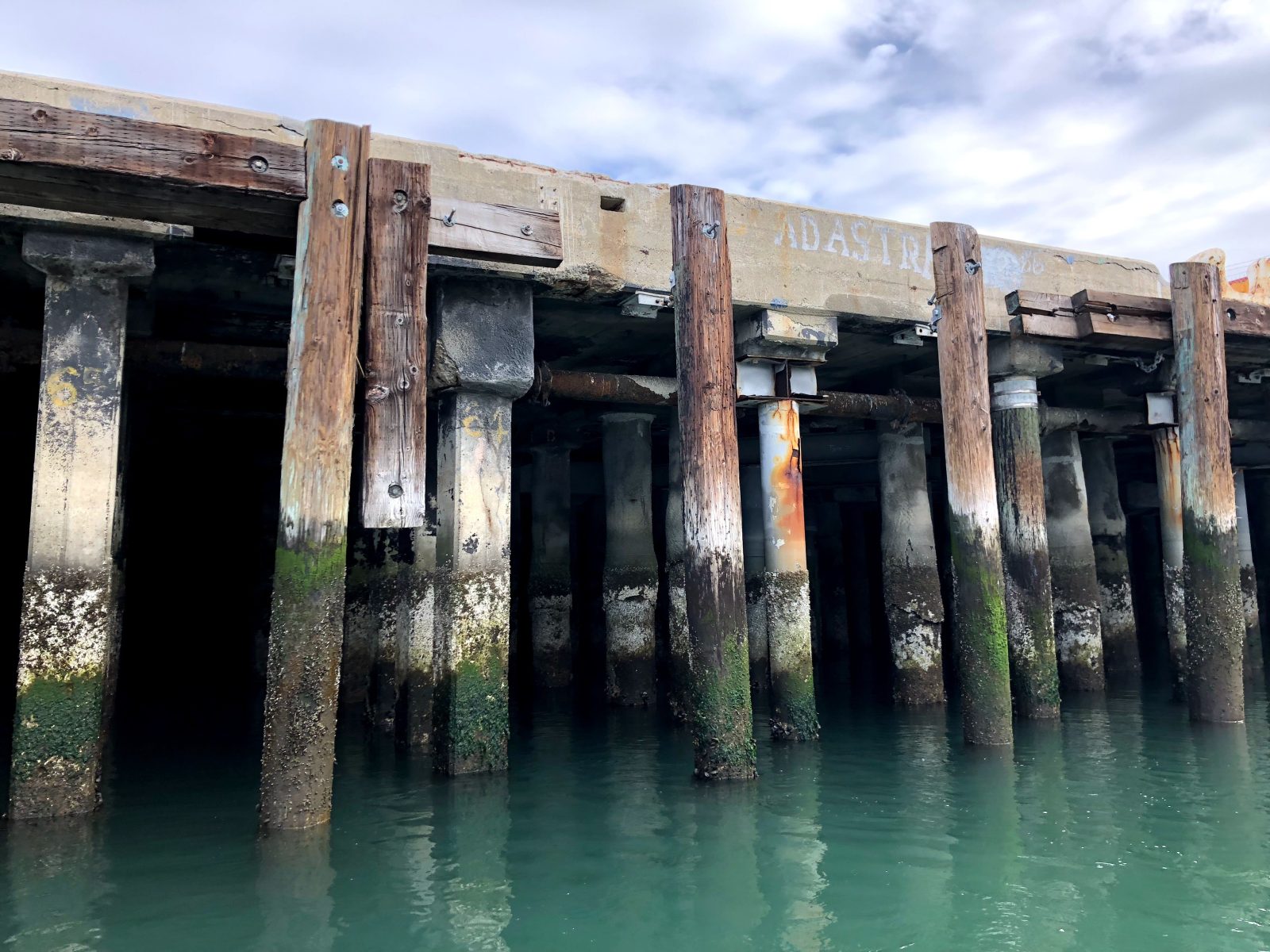Identifying Waterfront Design Solutions for Urban Resilience

Located in harsh marine environments, coastal and waterfront developments require special attention to improve resilience over the project’s design life. Material selection, siting questions, protective coatings, waterproofing detailing, and drainage are all important considerations for the design team. Adding to these projects’ complexity are the growing effects of climate change and sea level rise, which pose additional threats for continued operation and potential recovery.
With proper design, planning, and coordination, developments like ferry terminals, pier buildings, and other waterfront properties can greatly enhance the building and community resilience of urban areas. By understanding flood and storm risks and employing proper planning and mitigation strategies, project teams in marine areas can create successful designs that incorporate innovative features in structural material selection, waterproofing strategies, drainage considerations, and climate change planning, among others.

Complicating matters is the uncertainty surrounding the effects of climate change and related sea level rise on project sites, urban areas, and major waterways.

Understanding Flood and Storm Risks
The push to continue developing in waterfront areas brings added risks of leakage, structural damage, and economic disruption associated with flooding, storms, and tsunamis. Understanding the potential vulnerability of each individual site—especially for buildings that need to be on the water, like ferry buildings and marine oil and fueling terminals—is important to plan for the resilience of the structure, the local community, and the surrounding economy.
Owners and facility managers can make more informed decisions about mitigation options for new and existing structures by interpreting vulnerabilities and evaluating the provisions of local building codes, Federal Emergency Management Agency (FEMA) flood maps, and insurance provider requirements.
Planning for Sea Level Rise
Complicating matters is the uncertainty surrounding the effects of climate change and related sea level rise on project sites, urban areas, and major waterways. While there is consensus that these threats will have significant impacts in the future, there is no way of knowing exactly how high seas will rise or how frequently extreme storms will come by the end of a project’s design life.
For this reason, some flooding resources—like the base flood elevation, which describes the expected 100-year storm elevation, including wave and storm surge in coastal areas—do not take sea level rise into consideration or do not make explicit recommendations. Often, it is left up to the local jurisdiction to dictate the sea level rise projection or to individual team members to design for minor, moderate, or significant change in the future.

Evaluating Mitigation Strategies
There are several general strategies that project teams can employ to address flood hazards, provide building resilience, and allow for site-specific recovery after a major flooding event:
- Move: In traditional urban projects, flood risks might lead the project team to change locations to an area with less risk. However, this is not possible for water-dependent projects.
- Elevate: This is often the preferred initial strategy, allowing for high confidence with permitting and performance. This is ideal for new design projects, but can be unfeasible or cost-prohibitive for existing structures.
- Tolerate: Certain building types can apply “wet floodproofing” techniques, which allow for water to enter and leave a building without significantly impacting operations or occupant safety. This approach can be used for some industrial and commercial projects, but can not apply to habitable spaces.
- Protect: As an alternative to wet floodproofing, “dry floodproofing” involves a combination of waterproofing to resist floodwater and groundwater and structural strengthening to support additional flood loads.
- Adapt: This hybrid approach responds to current and near-term flood requirements while allowing for future changes or renovations when the need arises. This can be an effective approach to take small measures now while leaving room for a larger response in the long term.
It is critical in projects like these to have a multidisciplinary project team that understands the unique needs of coastal and riverfront projects. With future uncertainty and competing demands for architectural, structural, waterproofing, and operational performance, identifying a flood champion to coordinate and communicate effectively can pay dividends in the future.